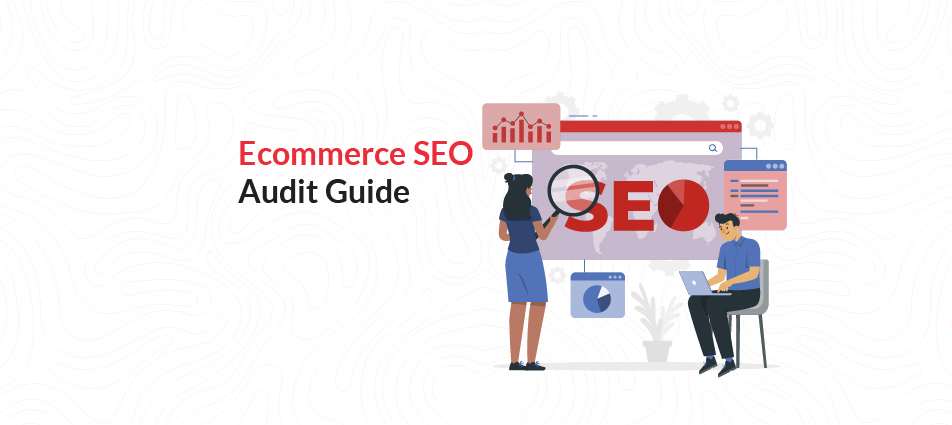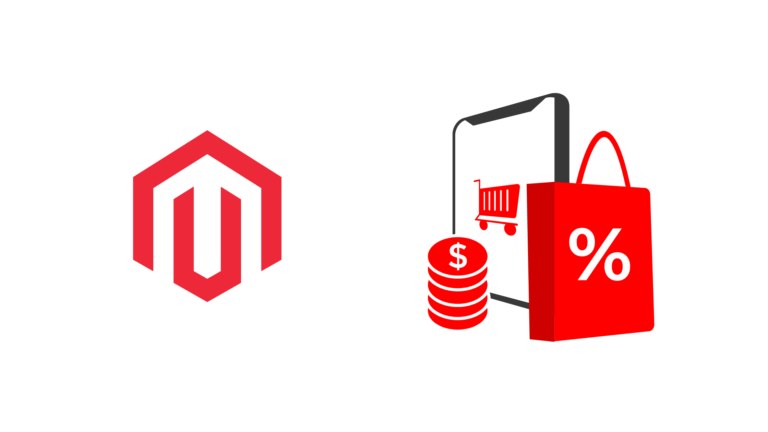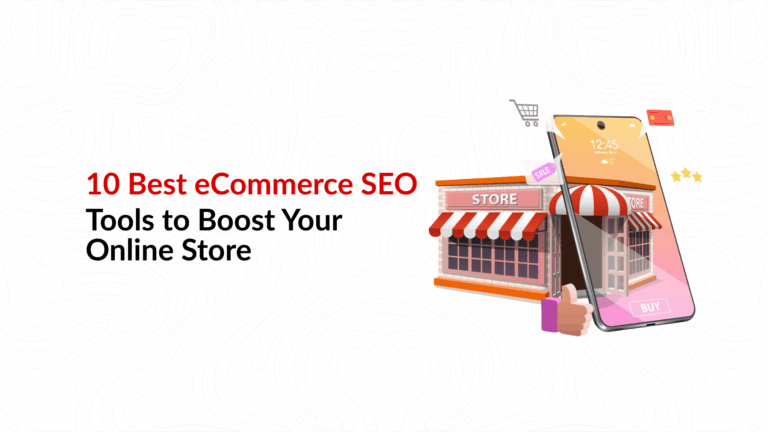Ecommerce SEO Audit Guide
Introduction
You’ve got products. A working site. Maybe even some traffic. But if your online store isn’t climbing search results or converting visitors, chances are you’ve got hidden issues. That’s where an ecommerce SEO audit comes in.
This audit isn’t about ticking boxes.It’s about digging deep into what’s holding your store back. This process helps identify growth opportunities and technical issues that may be hindering your visibility. By uncovering strengths and weaknesses in your site, an SEO audit serves as a digital “spring cleaning” for your store – improving your website’s visibility and driving the right customers to your site. And fixing them? The end results of a successful audit include higher search rankings, more organic traffic, better conversion rates, and an overall improved user experience.
So if you’re looking for more than just site visitors—like real, long-term growth—this audit is your starting line.
Pre-Audit Preparation
Before you start tweaking anything, stop. Prep work matters.
Start by running a full site crawl with a tool like Screaming Frog or SEMrush. These show you the ugly stuff beneath the surface—broken links, redirect loops, duplicate pages, missing meta tags… basically everything Google sees but you probably don’t.
Then open up Google Search Console, GA4, and PageSpeed Insights. Benchmark your current performance. What’s your bounce rate? Which pages are slow? What content’s ranking? This data gives you a reference point for improvements later.
Finally, set specific audit goals. Want better category rankings? Faster product pages on mobile? Reduced cart abandonment? Write those down. Your audit should serve your business, not just technical metrics.
Technical SEO Audit
Here comes the plumbing. Not pretty, but necessary. Without good technical SEO for ecommerce, search engines can’t navigate your store properly—even if you’ve got amazing products.
Start with your site architecture. How many clicks from homepage to product? Aim for three max. Categories should be organized, URLs should be clean, and there shouldn’t be dead ends.
Next, check your robots.txt, sitemap, and canonical tags. Ensure no important pages are blocked. Submit your sitemap in Google Search Console. Use canonical tags to avoid duplicate content issues especially with filtered or variant product pages.
Got HTTPS? Good. Make sure it’s active across the entire site. Redirect any old HTTP pages properly. Mixed content errors are an easy miss.Clean them up.
Duplicate content is super common in ecommerce. If five pages use the same manufacturer description, Google might rank none of them. Canonicalize where possible or rewrite pages. Running on Shopify? Here’s a must-read guide: Shopify to remove duplicate content.
Also, audit for mobile usability. Use Google’s Mobile-Friendly Test and GSC’s mobile report. Your site should look and function perfectly on small screens.
And don’t skip structured data—Product, Review, Breadcrumb schema. They help you show up with rich results, like prices and ratings, directly in search.
Core Web Vitals Audit
Speed isn’t optional. Google’s Core Web Vitals directly affect rankings—and user patience is thin.
Focus on:
- LCP (Largest Contentful Paint): Should load under 2.5 seconds.
- FID (First Input Delay): Should be under 100ms. Basically, how fast a page reacts to clicks.
- CLS (Cumulative Layout Shift): Keep it under 0.1. Layouts shouldn’t jump as things load.
Use PageSpeed Insights, Lighthouse, or GTmetrix to test these. If images are slowing you down, compress them. Lazy-load below-the-fold visuals. Minify CSS and defer unnecessary scripts. If fonts are taking forever, host them locally.
Core Web Vitals aren’t just about SEO.They keep people on your site longer, reduce bounce rates, and make checkout feel seamless.
On-Page SEO Audit
This is the stuff your customers and search engines both read and care about.
Let’s start with title tags and meta descriptions. Every page needs a unique, keyword-rich title. Meta descriptions should invite clicks—think “Free Shipping” or “Only 2 left” instead of dull text.
Next, look at your headers. Use just one H1 per page.Usually the product name or main topic. Use H2s and H3s to break things into sections. This improves readability and helps search engines figure out what your page is about.
Internal linking matters too. Link blog posts to products. Link related products to each other. Use descriptive anchor text like “running shoes for flat feet” instead of just “click here.”
Don’t forget your product and category pages. Add real descriptions.Don’t just copy and paste from the supplier. Mention size, fit, use cases. Add reviews. Maybe a short FAQ. This helps with rankings and conversions.
Content That Converts: Audit for Quality, Relevance, and SEO
Now look at your content overall. Blogs, FAQs, product pages—it should all serve your users and search intent.
Start by deleting or rewriting thin content. A product page with 20 words won’t rank or sell. Outdated content? Refresh it. Duplicate content? Consolidate and canonicalize.
Next, find your content gaps. Use GA4 or keyword tools to see what users are searching. Missing a guide on “best shoes for plantar fasciitis”? Write one.
Match your content to search intent. Someone searching “how to clean leather boots” wants instructions, not a product ad. Create content that actually helps. Then lead into products subtly.
Well-written, helpful content builds trust—and trust drives sales.
Backlink and Off-Page SEO Audit
Think of backlinks as your store’s reputation on the web. More quality links = more authority.
Use Ahrefs or SEMrush to check your backlink profile. Are shady sites linking to you? Disavow them. Lost a good link because a product got deleted? Redirect it.
Check your anchor text diversity too. It should look natural—some branded, some keyword-based, some generic.
Then go earn more good links. Reach out to niche blogs. Collaborate with influencers. Offer a unique study or trend report in your space—something people want to link to.
One link from a trusted site can do more than hundreds of junk links ever could.
Conversion Optimization Audit
All the traffic in the world won’t matter if people don’t buy.
Start by evaluating CTAs. Are your “Add to Cart” or “Buy Now” buttons visible on all devices? Is the wording active and persuasive? Test different versions to see what performs best.
Next, review your navigation and flow. Are filters intuitive? Can users get from homepage to checkout in under five clicks? Look for places where users get stuck or drop off.
Your product pages should show trust: reviews, return policy, payment security, shipping timelines. People buy when they feel safe and informed.
Use heatmaps or session recording tools like Hotjar to see how people interact. A/B test layout changes. Fix what’s not working.
Reporting and Action Plan
Now take everything you’ve found and turn it into a plan that actually gets done.
Build a prioritized ecommerce SEO checklist. Categorize tasks: high (like fixing 404 errors), medium (improving meta titles), low (changing font sizes).
Assign owners and deadlines. For example:
- “Optimize mobile load speed – Dev team – by next Friday”
- “Rewrite duplicate product descriptions – Content team – by end of month”
Then track progress using KPIs—bounce rate, keyword rankings, conversion rate. Keep checking back.
And schedule your next audit. Once a year minimum. Quarterly if you’re scaling fast.
Essential Tools for a High-Impact Audit Screaming Frog
Here’s your all-star toolkit:
- Screaming Frog – Crawl your site like Google does.
- Google Search Console – See how Google indexes your content.
- Ahrefs or SEMrush – Audit backlinks, track keywords, find issues.
- PageSpeed Insights – Core Web Vitals, suggestions.
- GTmetrix – In-depth loading diagnostics.
- Web.dev – Performance, accessibility, SEO, best practices.
- GA4 – Understand user behavior, bounce rates, conversions.
Use them all. Cross-check insights. No tool covers everything alone.
Conclusion
A real ecommerce SEO audit isn’t just a checklist.It’s a growth strategy.
You’re fixing more than tags and titles. You’re improving how search engines see you and how users interact with you. From the technical foundation to the content strategy to how fast your product page loads everything connects.
Follow this process, take action, and monitor what moves the needle. Whether you’re flying solo or want expert help, don’t wait.
Ready to go deeper? Tap into our professional ecommerce SEO audit services and let’s fix what’s blocking your growth.
FAQs
What is an eCommerce SEO audit?
It’s a detailed review of your site’s SEO health from speed to content to crawlability—to identify what’s hurting your rankings or conversions.
Why is technical SEO important for eCommerce sites?
Because your site has hundreds (maybe thousands) of pages. Technical SEO ensures search engines can find, index, and rank them correctly.
How do Core Web Vitals impact eCommerce SEO?
They measure loading speed, interactivity, and stability. Bad scores hurt rankings ecommerce seo checklist and frustrate shoppers.
How often should I audit my eCommerce website for SEO?
At least twice a year. More often if you make frequent updates, switch themes, or migrate platforms.
What tools are best for an eCommerce SEO audit?
Start with Screaming Frog, GSC, GA4, Ahrefs or SEMrush, PageSpeed Insights, GTmetrix, and Web.dev.














